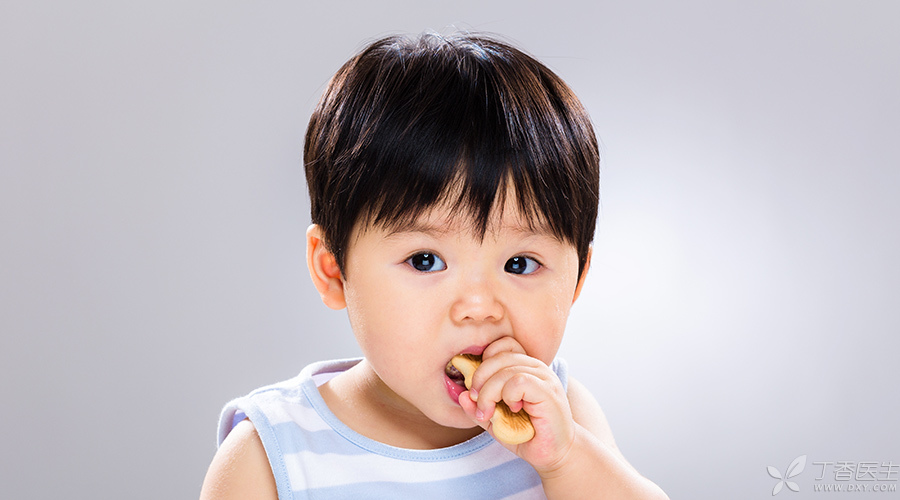
[The baby’s intelligence is hidden on the fingertip], the finer the finger’s movement ability is during the baby’s development, the larger the brain will be able to exercise.
In order to help the baby, many mothers spend their efforts to buy toys for the baby and play with the baby. The [artifact] introduced by Dr. Clove today can not only exercise the baby’s finger fine movement ability, but also enable the baby to learn to eat by himself. It is very simple to make at home. This artifact is called finger food!
What is finger food?
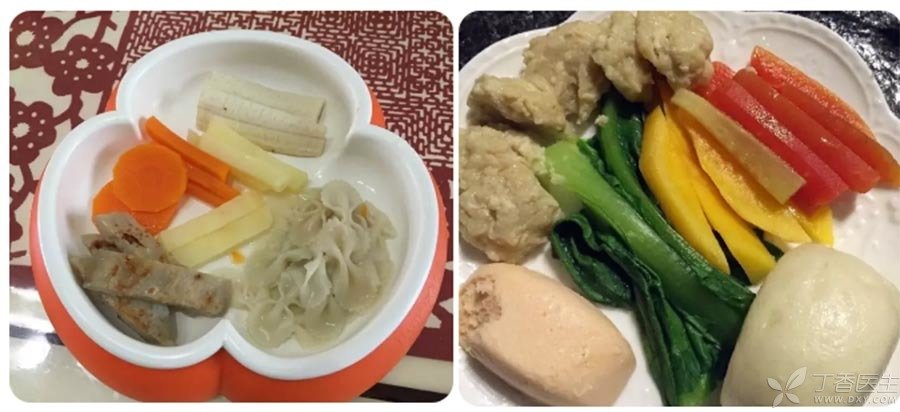
As the name implies, it is suitable for the baby to grasp the food I eat with his own hands.
This concept is a strange noun to many mothers. Because in most families, [adults feed, children eat] is still an unquestionable feeding mode.
In the national feeding survey, 30% of parents accounted for at least one of the more than 10 wrong feeding methods. However, giving children the opportunity to eat independently is neglected by many families.
Finger food is conducive to helping babies eat autonomously.
What are the benefits of finger food?

1, Improve the baby’s self-confidence
If babies have the opportunity to eat like admirers, they will improve their self-evaluation and enhance their confidence. Finger food is the starting point for exercising babies to eat by themselves.
2, Enhance the baby’s self-care ability
Let the baby learn to take care of himself, not regardless of whether he loves him or not, but let him be truly independent from ability and psychology.
3. Convenience for Adults
If children can eat some food by themselves, elders can also get some rest.
4. Get rid of the feeding dilemma
For a baby who resists feeding, parents may think [I did not eat well] and [the child has what problems]. Because they are worried about the baby’s health, they use the wrong feeding methods such as forced feeding and teasing props in anxiety.
In fact, you just didn’t find the key point: let the baby eat by himself.
When is it best to add finger food?
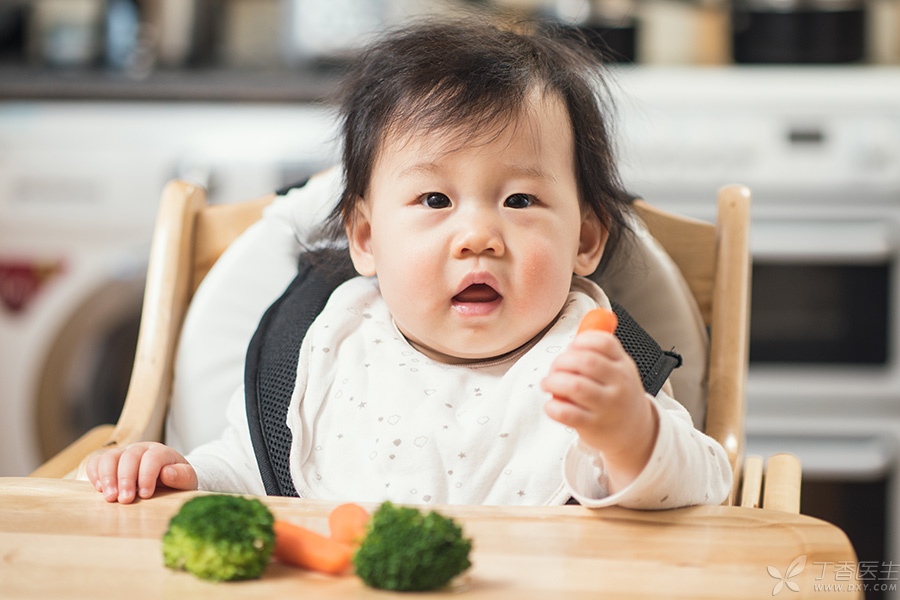
You can choose the following three times to start:
1. When you just add supplementary food,
At this stage, let the baby poke, pat and pinch, feel the texture of the food and improve his interest in eating. Don’t expect him to really eat how much in his mouth. Just hold the mentality of “just giving you waste and playing”.
2. About 8 months
Most 8-month-olds are more interested in exploring the world, are more willing to play with the food in front of them, and can be quickly repaired by the next wave of curiosity when frustrated. After two months of life, their hand-eye-mouth coordination has developed and it is easier to put food into their mouth.
If supplementary foods are added in advance, finger foods can also be added in advance accordingly. Eight months is not a hard rule, and I recommend the following third method.
3. When the baby sends out the signal [I want to eat by myself]
- Resist the spoon. When the spoon is stretched out, it turns its head to avoid, frowns, pats off the food in the spoon, grabs the spoon and throws it to the ground. Loss of appetite. Not interested in food, eat a few mouthfuls and cry, feed it to the top of the mouth; -Emotional irritability. Strike the table, hit the dining chair with your head, chew the chair, and cry before eating.
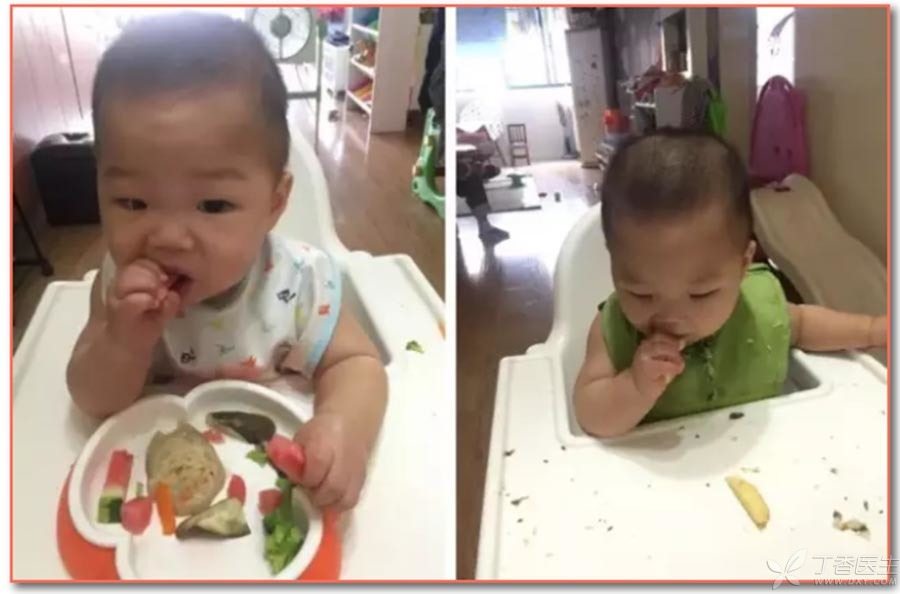
Then my baby hasn’t toothed yet, can’t it be added?
The provision of finger food and the change of roughness of supplementary food are not based on the number of teeth produced by the baby. As long as the baby wants to eat by himself, he should provide finger food. As long as the baby eats enough supplementary foods and reaches a certain age, the roughness of the supplementary foods should be increased.
Missed the sensitive period, is it too late now?
The word [sensitive period] may be imagined to be too serious. Providing timely environment and help when the baby needs and is most suitable for exercise can enable him to master it better. However, it was not added at that time, which does not mean that the baby will never be able to eat. Now it may take longer for the baby to get used to eating by himself.
What kind of food is best added?
In fact, what pays great attention to adding what food at the age of one month.
Babies of different ages have different chewing abilities and ways of handling food. If you give him inappropriate finger food, it is equivalent to doing college students’ questions for primary school students, and you will definitely fail. If you don’t say that you haven’t achieved the purpose of exercise, you may also annoy or frighten the baby.
- Stage 1 (6-7 months old): carrots, potatoes, pumpkins… Stage 2 (8-9 months old): mangoes, sponge cakes, avocados… Stage 3 (10-11 months old): apples, dumplings, cantaloupes… Stage 4 (1 year old +): others…
Generally speaking, the initial degree of hardness and softness of finger food should be as follows-you will not break it when you pick it up; You can crush the food with a slight pinch of your thumb.
Cutting ingredients of different sizes and shapes requires steaming/boiling for different times, and the rules can be found by trying several times. Steam or boil can be used, and the cooked food is more [moist].
Is finger food to be made into long strips?
The way babies grasp things is constantly improving. At first, they can only wrap things in small fists (like holding a pen). At this time, it would be more suitable to provide him with long stick-shaped food. Then he will open his palm, Grab things with your thumb and other four fingers opposite each other (like grabbing a notebook). At this time, in addition to long strips, you can also give flaky food. When he can use his thumb index finger to pick up smaller objects, lumpy and round food can be provided, and the shape of almost all food materials can be fixed.
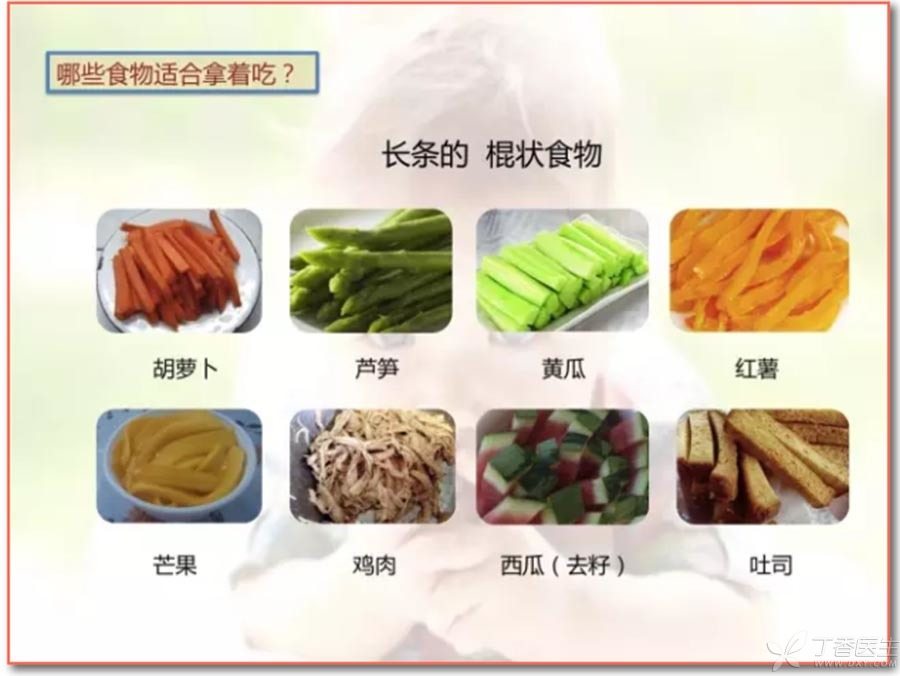
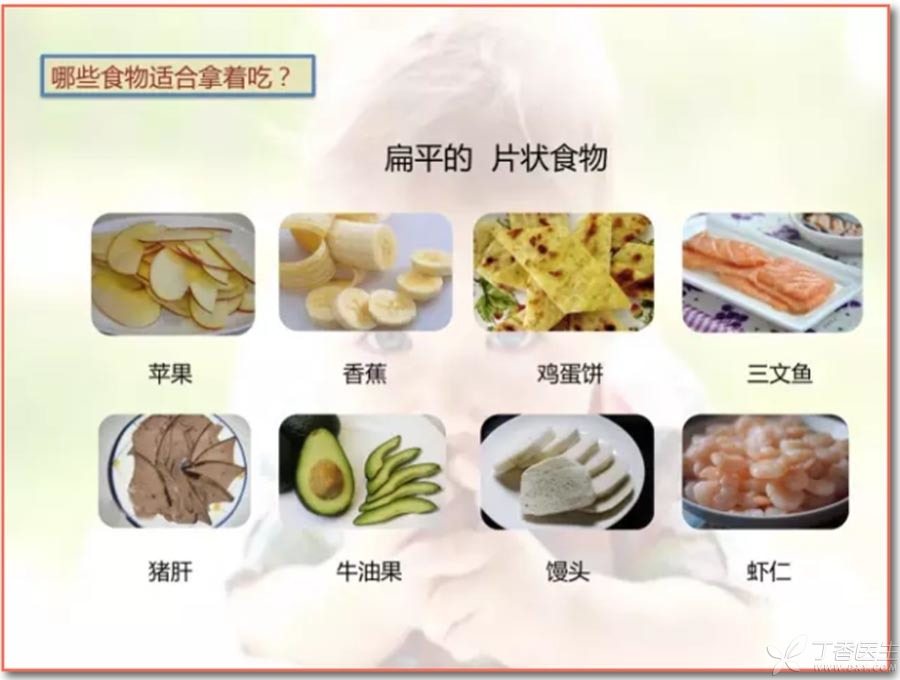
Common Difficulties for Babies to Eat Finger Food
Step 1 Get stuck
It is very normal for a baby to get stuck when eating finger food. This is like a baby learning to walk. At first, he always stumbles and falls. However, every failure has accumulated experience and there will always be a day of success.
However, if the baby gets stuck almost every time he eats finger food, it is possible that the food you provide is not suitable.
There are two things parents can do:
- Learn the Heimlick first aid method in advance, Stay calm in case of a rainy day. Even if the heart is magnificent, On the surface, the wind should be calm. Reactions such as patting the back, feeding water and yelling will make the child more scared, crying and even aggravating retching. Not scared by food, but scared by parents. You just need to look at him calmly and tell him gently [it doesn’t matter]. When he calms down, you can continue to try.
Step 2: Eat too much and vomit
The food is processed to a size more suitable for the baby’s mouth or two. For example, the sponge cake should be cut into strips or slices. If you give him a lump of sponge cake directly, the baby must put it all in his mouth.
If you have a lot of finger food to provide, just give one or two at a time. Don’t put them all in front of you.
If you have already done the above, you just need to wait patiently. [How much food can my mouth handle] This problem is left to the baby to learn and understand.
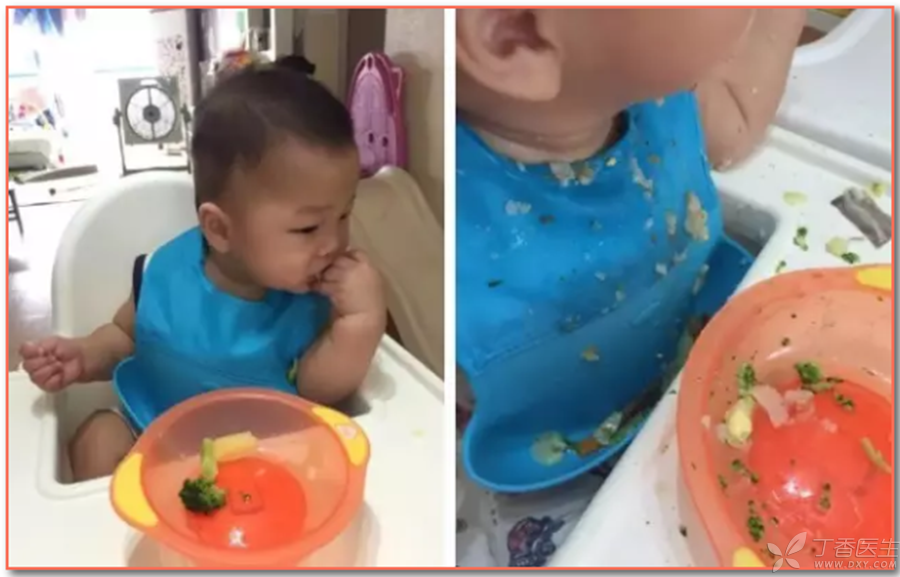
Step 3: Don’t like to eat
When the baby first touched the finger food, the food ≈ toy. He doesn’t think [this is something to fill my stomach], [I will be hungry if I don’t eat it], so don’t expect him to realize this immediately.
Shooting, playing, pinching and throwing are all expressions of interest in [this strange toy]. He treats other toys in the same way. As long as you are interested in food, everything is easy to discuss. I’m afraid continuous shooting won’t lose it.
- Feed yourself the same food and show it to him. Let him pick it up and feed it to you. Grab his hand and put it into his mouth to guide the delivery.
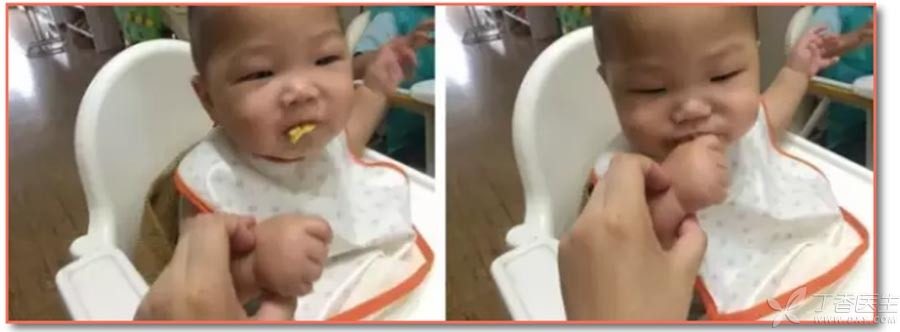
If you have tried all these things, the baby still does not go into his mouth, which may be related to his natural temperament. If he is a cautious, wait-and-see and hesitant baby, his enthusiasm for finger food will also be lower.
4. Eat it and spit it out?
There are several possibilities:
- After a period of supplementary food, the baby has his own food taste preference. He doesn’t like the food he often provides and is tired of it. It’s time to vomit food. No special treatment is needed. Those who vomit can be taken and fed again. If they vomit, they will be fed to the others. After vomiting, they will take away all the food.
Do parents still need to feed?
The baby can finish a meal independently, and the time is between 1.5 and 2 years old. Before that, he will be messy to eat by himself. Parents still need to assist in feeding. Especially for babies with late development of some fine movements, the ability to control finger food will also be weak. If he eats entirely on his own, he may not have enough to eat.
A meal of food can provide part of the food to be fed and part of the food to be eaten by oneself, depending on the baby’s willingness to eat by himself.
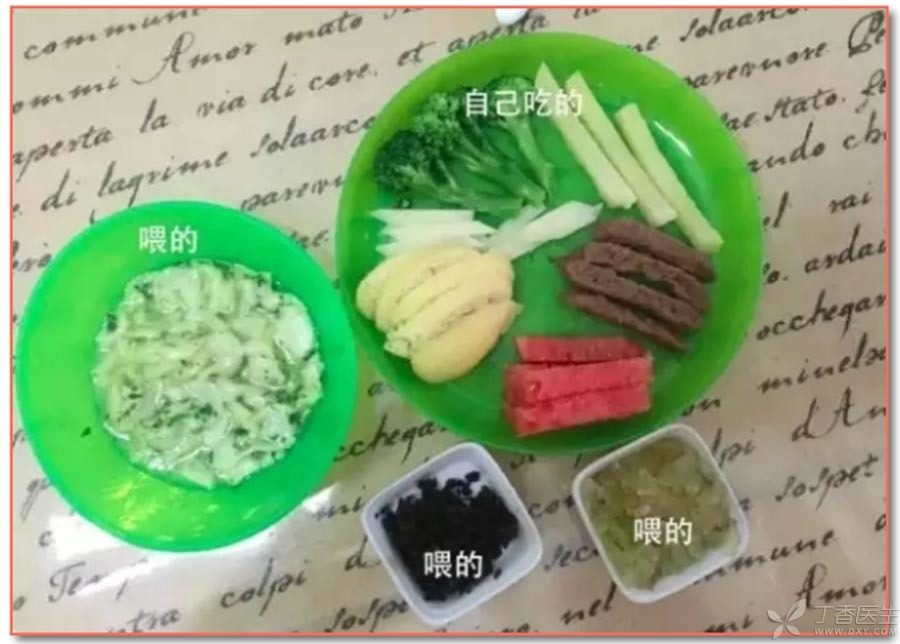
6. Eat in and pull out without digestion?
On the premise that the degree of hardness and softness of the food is appropriate, there will not be too much [chewable] food. The baby needs about 2.5 years old to produce 20 deciduous teeth, and the ability to grind food is better.
Carrots, vegetable leaves, mushrooms, agaric, corn and other foods are difficult to chew thoroughly, so they are often seen in stool. Don’t be surprised.
7. What if it tastes too dirty?
It is suggested that you must buy several things:
- Easy-to-handle waterproof bib or reverse dressing; A simple and clean dining chair; The floor is covered with newspapers, shower curtains or disposable tablecloths.
Can reduce the workload after meals. If it is summer, it is also convenient to take a bath with people and chairs after eating.
